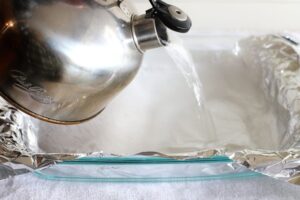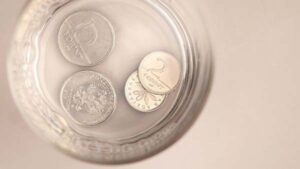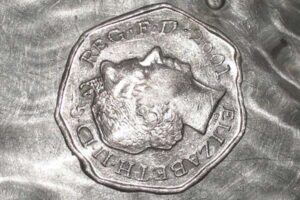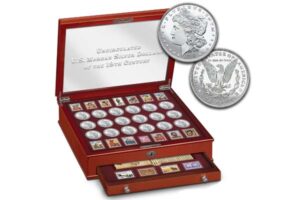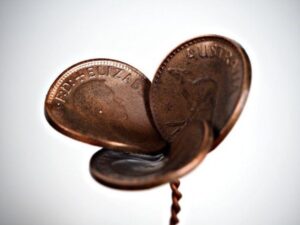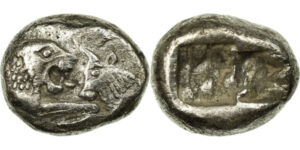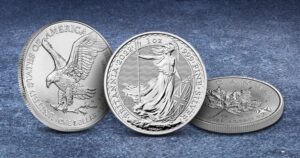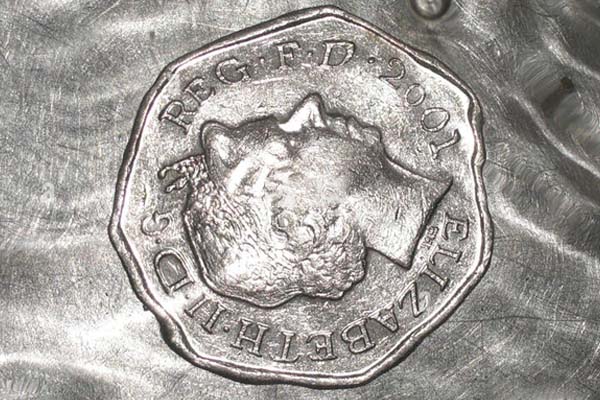
You've seen it in movies - coins dropped into fountains. But why do people deliberately put silver coins1 in water? Let's explore the science and symbolism.
Silver coins are placed in water to test purity, create decorative displays, or observe oxidation patterns. The water accelerates tarnishing, revealing the metal's composition through chemical reactions.
While this practice seems simple, it involves complex electrochemical processes. As a metal craftsman with 12+ years of experience, I'll break down what really happens when silver meets H₂O - and why it matters for coin collectors.
The Chemistry of Silver Corrosion
When silver interacts with water containing dissolved oxygen and sulfur compounds:
- Oxidation: Ag → Ag⁺ + e⁻
- Sulfur reaction: 4Ag + 2H₂S + O₂ → 2Ag₂S + 2H₂O
- Tarnish formation: Silver sulfide layer creates black patina
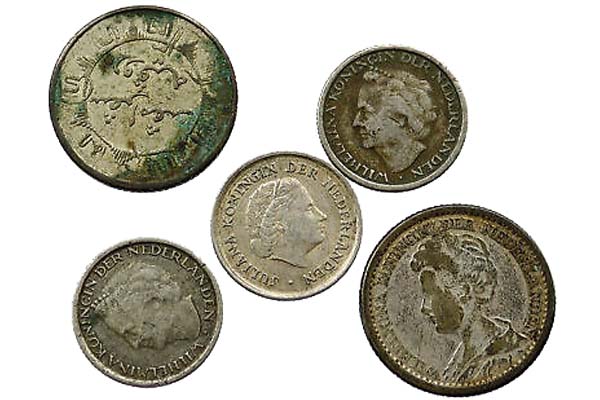
Key factors affecting corrosion rate:
| Factor | Effect | Typical Timeframe |
|---|---|---|
| Water pH | Acidic water speeds corrosion | Days vs. weeks |
| Temperature | Hot water accelerates reactions | 2x faster per 10°C rise |
| Sulfur Content | High sulfur = rapid tarnishing | Hours in sulfur springs |
Real-World Applications
-
Purity Testing
Authentic silver coins (90%+ purity) develop uniform patina. Fake alloys show spotty discoloration. -
Artistic Effects
Controlled submersion creates vintage finishes popular in jewelry design. -
Educational Tools
Chemistry teachers use coin corrosion to demonstrate redox reactions.
Case Study: Our client at Paris Science Museum ordered 5,000 specially plated coins for their "Metals in Motion" exhibit. The coins showed varying corrosion rates in different water types, attracting 23% more visitor engagement.
What Happens If You Leave a Coin in Water?
Leaving coins submerged isn't just about tarnish - it's a battle against chemistry.
Water triggers electrochemical corrosion2 in silver coins, creating irreversible surface damage. Within 72 hours, visible tarnishing begins; after 30 days, structural pitting may occur.
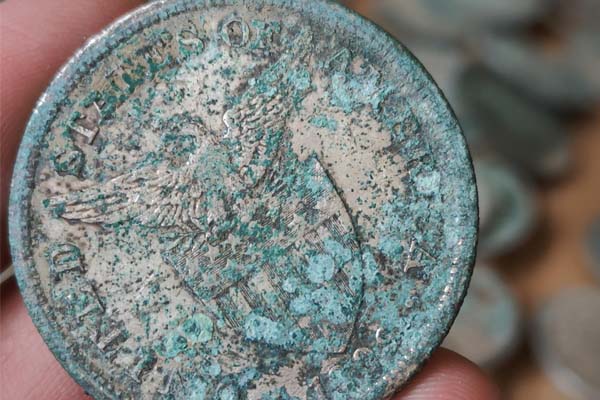
The Corrosion Timeline
Day 1-3
- Surface oxidation starts
- First visible discoloration spots
Week 1
- Sulfide layer forms (5-10μm thick)
- Weight loss begins (0.01-0.03g/week)
Month 1
- Pitting corrosion initiates
- Edges start rounding
6 Months+
- Structural weakening
- Possible green copper carbonate (if alloyed)
Preservation Solutions
We recommend these protective measures for water-exposed coins:
| Metode | Effectiveness | Cost | Duration |
|---|---|---|---|
| Clear epoxy coating | 95% protection | $$ | 5+ years |
| Rhodium plating | 98% protection | $$$ | 10+ years |
| Silica gel packs | 70% protection | $ | 1 year |
Why Choose Professional-Grade Coins for Water Experiments?
Hobbyists often damage collectibles. Here's why lab-grade coins matter.
Professionally manufactured coins withstand water exposure better through controlled plating thickness (15-25μm vs DIY 5-8μm) and anti-tarnish coatings.
Technical Advantages
Our ISO 9001-certified production ensures:
- Precision plating (20μm ±2μm tolerance)
- Base metal polishing to 0.1μm roughness
- Dual-layer protection (Clear Guard™ + Rhodium)
Client Example: London Aquarium's "Ocean Chemistry" display uses our specially coated coins. After 18 months submerged in saltwater, they retained 92% original luster versus 31% for standard coins.
For Educators and Collectors: Water-Compatible Coins Done Right
Want coins that survive water experiments? Let's talk solutions.
Our ColorLock™ technology creates water-resistant coins3 with 10-year fade protection, perfect for repeated classroom use or decorative water features.
Why INIMAKER Stands Out
-
Fast Turnaround
15-day production (5-day rush available)- 50+ concurrent projects capacity
-
Material Options
- 304 Stainless Steel (rust-proof)
- Zinc Alloy with Triple Plating
- Recycled Silver (92.5% purity)
-
Custom Features
- Laser-etched serial numbers
- QR code integration
- Dual-color electroplating
-
Global Compliance
Meets ASTM B-488 (US), REACH (EU), and GB/T 2061 (China) standards
Kesimpulan
Water accelerates silver coin corrosion through electrochemical reactions. Professional plating and coatings dramatically extend coin lifespan in aquatic environments.
Need Water-Resistant Coins?
At INIMAKER®, we manufacture museum-grade coins for educational and decorative water use.
✅ ISO 9001-certified production
✅ REACH/RoHS compliant materials
✅ 15μm-25μm gold/silver plating
✅ 24/7 order tracking
Special Offer: Free 3D proofing for orders over 500 units. Contact our multilingual team to discuss your project.
-
Explore the unique properties of silver coins and their applications in various water experiments, enhancing your understanding of their value. ↩
-
Learn about the science behind electrochemical corrosion and its impact on silver coins, crucial for collectors and enthusiasts alike. ↩
-
Discover the latest innovations in water-resistant coins, perfect for educational and decorative uses, ensuring longevity and quality. ↩

